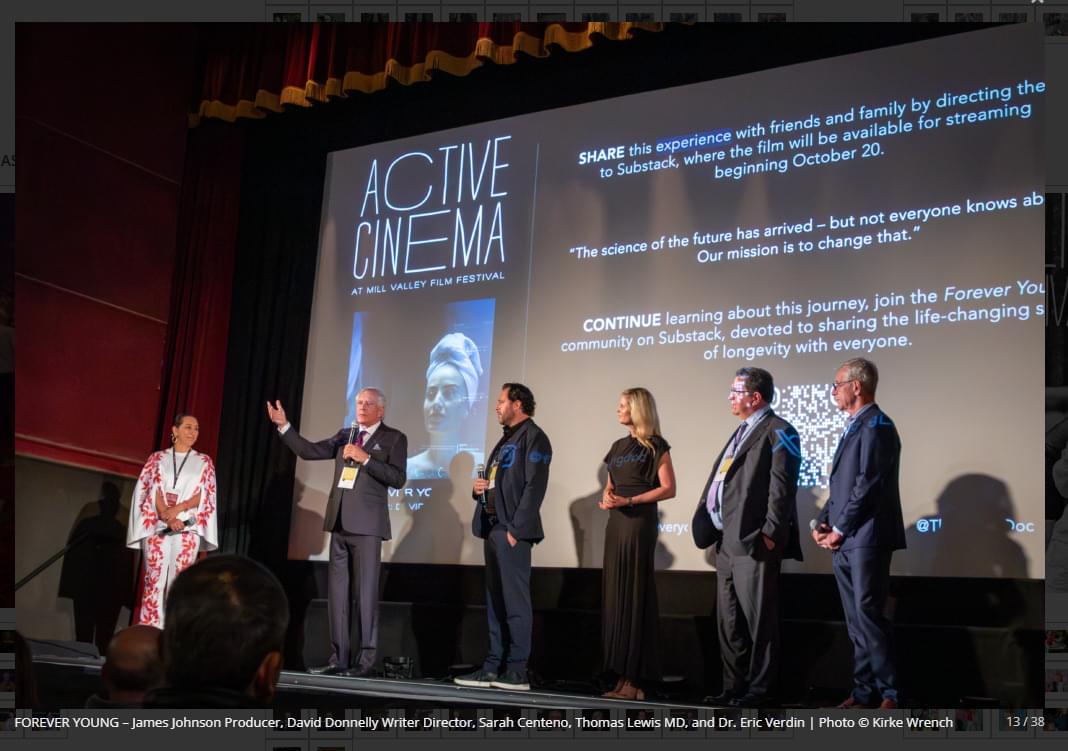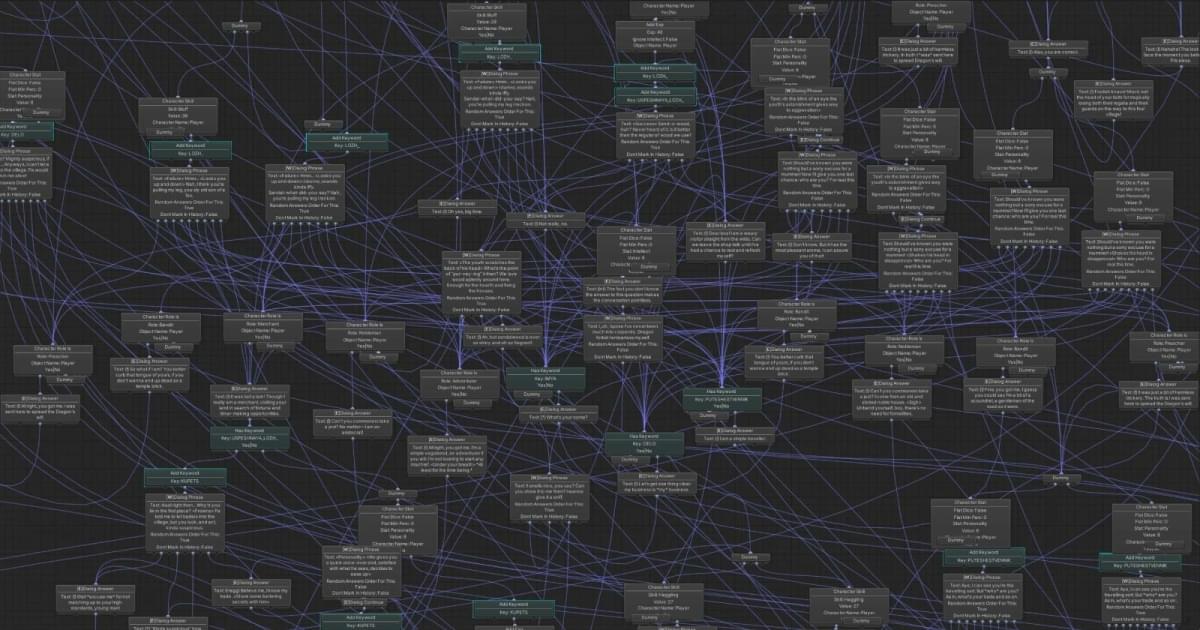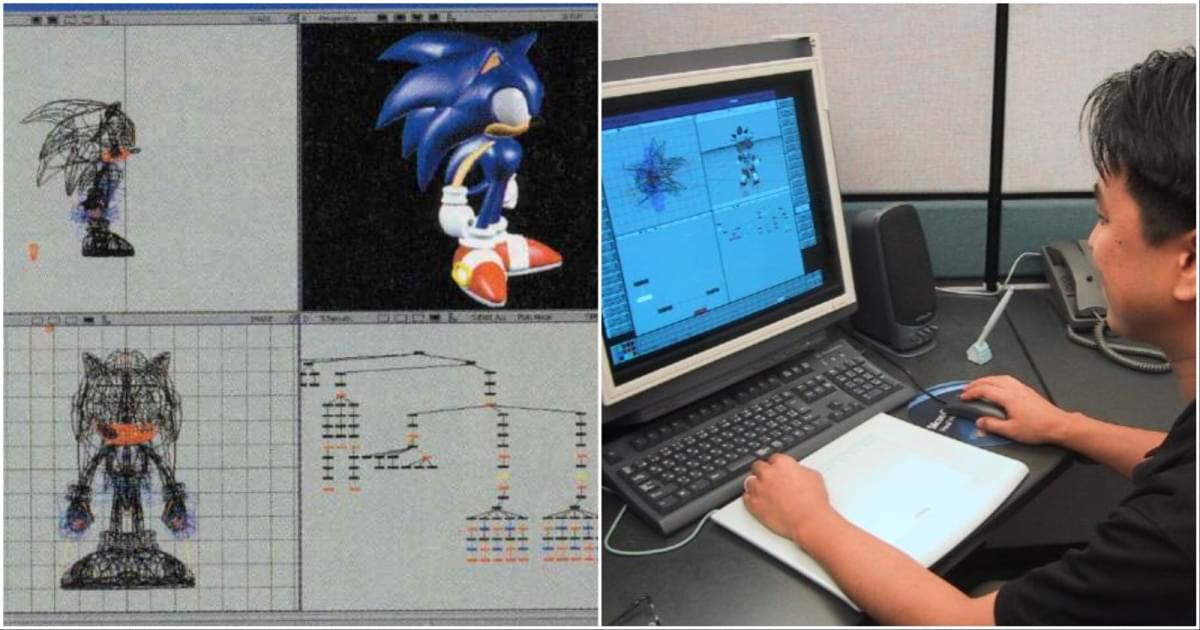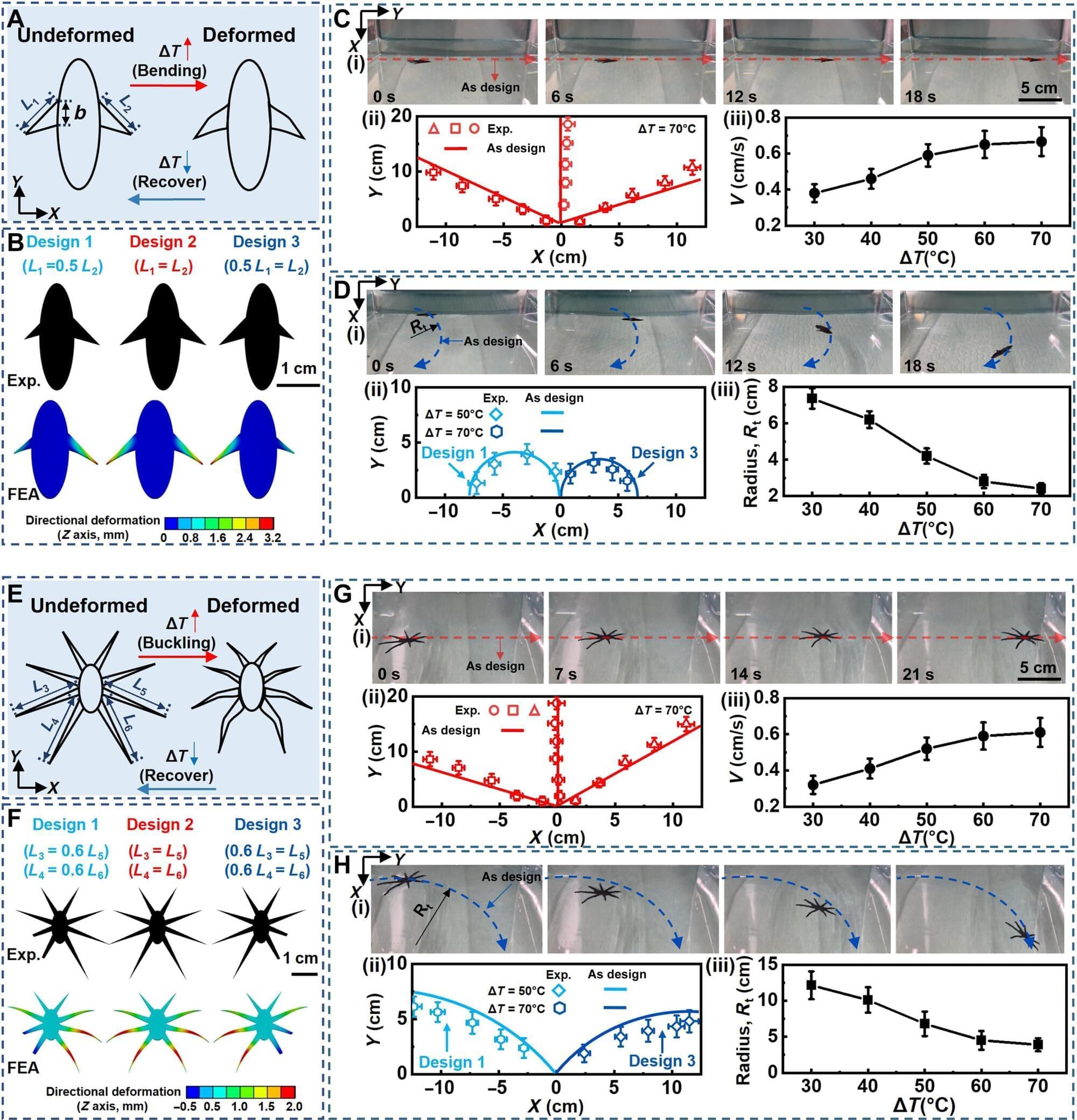Johnson, a former plastic surgeon, is the producer of Forever Young, a film which includes many Buck scientists and won the Best of Active Cinema Award as an Audience Favorite at the recent festival in Mill Valley.



Flexible piezoelectric energy harvesters (FPEHs) have wide applications in mechanical energy harvesting, portable device driving, and piezoelectric sensors. However, the poor output performance of piezoelectric energy harvesters and the intrinsic shortcoming of piezoelectric sensors that can only detect dynamic pressure limit their further applications. BaTiO3 (BT) and PVDF are deposited on the glass fiber electronic cloth (GFEC) by impregnation and spin-coating methods, respectively, to form BT-GFEC/PVDF piezoelectric composite films. A mixed solution of mechanoluminescence (ML) particles ZnS: Cu and PDMS are used as the encapsulation layer to construct a high-performance ML-FPEH with self-powered electrical and optical dual-mode response characteristics. Due to the interconnection structure of the piezoelectric films, the prepared ML-FPEH illustrates a high effective energy harvesting performance (≈58 V, ≈43.56 µW cm−2). It can also effectively harvest mechanical energy from human activities. More importantly, ML-FPEH can sense stress distribution of hand-writing via ML to achieve stress visualization, making up for the shortcomings of piezoelectric sensors. This work provides a new strategy for endowing FPEH with dual-mode sensing and energy harvesting.

Conquer the cosmos and lead ships, fleets, and even entire civilizations to victory in the best space strategy games.



Around 4.4 billion people worldwide still lack reliable access to safe drinking water. Newly designed, thin floating films that harness sunlight to eliminate over 99.99% of bacteria could help change that, turning contaminated water into a safe resource and offering a promising solution to this urgent global challenge.
In a recent study, researchers from Sun Yat-sen University, China, presented a self-floating photocatalytic film composed of a specially designed conjugated polymer photocatalyst (Cz-AQ) that generates oxygen-centered organic radicals (OCORs) in water.
These OCORs are efficiently formed due to the strong electron-donating and accepting groups incorporated into the polymer design, resulting in lifetimes orders of magnitude longer than those of conventional reactive oxygen species. With more time to act, the radicals enable the film to break down organic pollutants and suppress bacterial regrowth for at least five days.
Full episode with William Hahn: https://youtu.be/3fkg0uTA3qU
As a listener of TOE you can get a special 20% off discount to The Economist and all it has to offer! Visit https://www.economist.com/toe.
Join My New Substack (Personal Writings): https://curtjaimungal.substack.com.
Listen on Spotify: https://tinyurl.com/SpotifyTOE
Become a YouTube Member (Early Access Videos):
https://www.youtube.com/channel/UCdWIQh9DGG6uhJk8eyIFl1w/join.
Support TOE on Patreon: https://patreon.com/curtjaimungal.

51% of Japanese developers use generative AI in game development.
In new research from Tokyo Game Show organizer Computer Entertainment Supplier’s Association (CESA), as reported by The Nikkei, of the 54 Japanese companies polled between June and July 2025, over half used genAI. Primarily, it’s used to assist with generating visual assets, images, and character art, as well as story generation, in-game text, and support with programming.
The 2025 CESA Video Game Industry Report also revealed that 32% of respondents were also using AI to develop in-house development engines.

Imagine tiny robots zipping across the surface of a lake to check water quality or searching for people in flooded areas. This technology is moving closer to reality thanks to work by researchers at the University of Virginia’s School of Engineering and Applied Science. Inspired by nature and insects such as water striders that walk on water, they created two prototype devices that can propel themselves across liquid surfaces.
The first, called HydroFlexor, paddles across a surface using fin-like motions. The second, named HydroBuckler, “walks” forward with a buckling motion that mimics the water-walking insects. The key innovation that made this possible is a technology developed by the team called HydroSpread.
To float and move on the surface of a liquid, robots need ultrathin, flexible films. Traditional approaches to making such films involve manufacturing them on a rigid surface, such as glass, and then transferring them to water, which often damages or breaks the film. However, the HydroSpread technique allows the films to be made directly on the liquid.